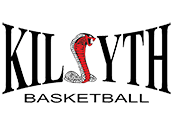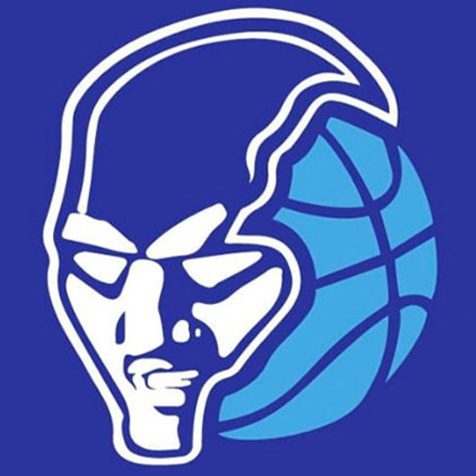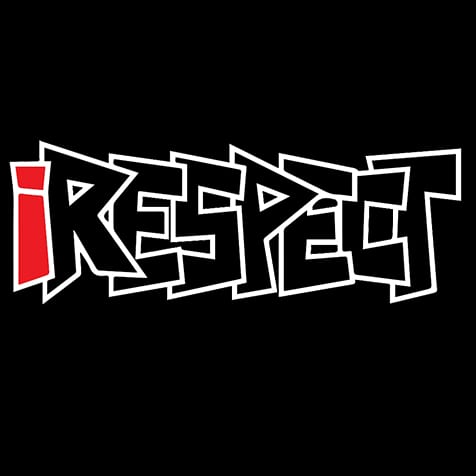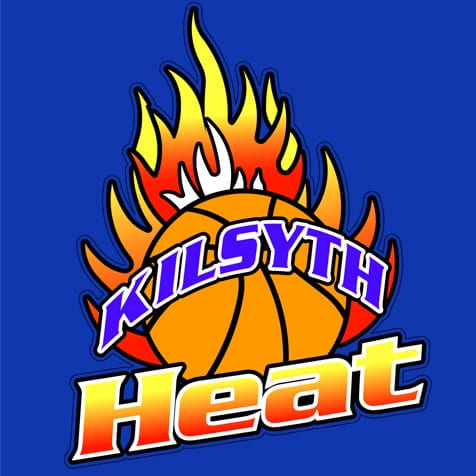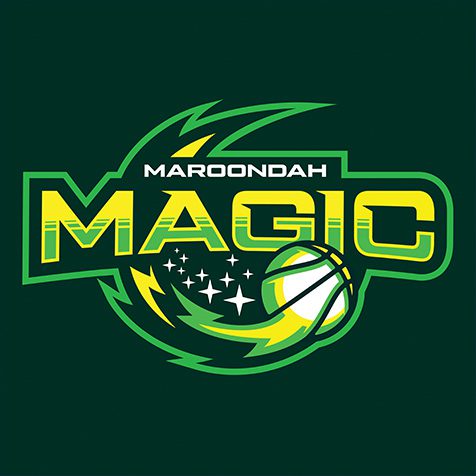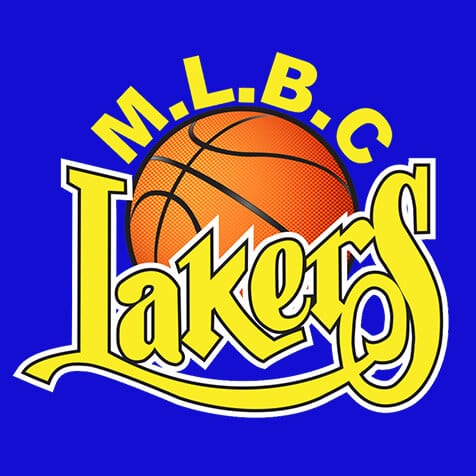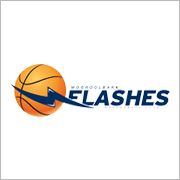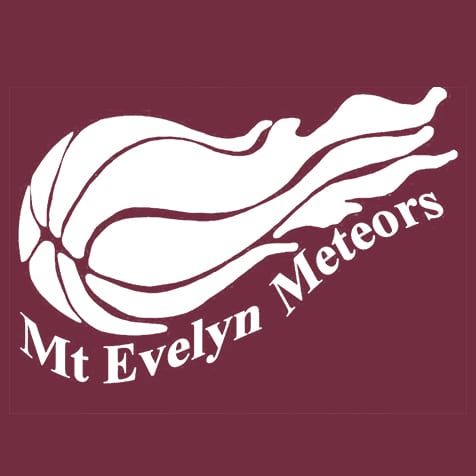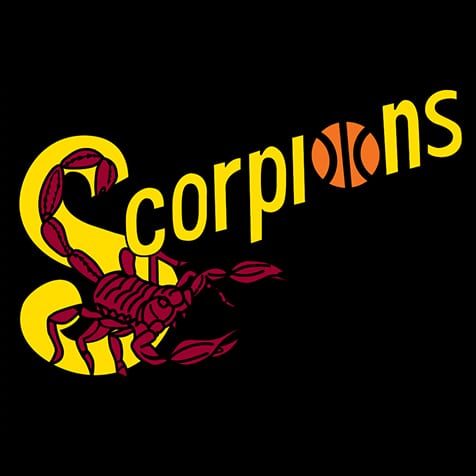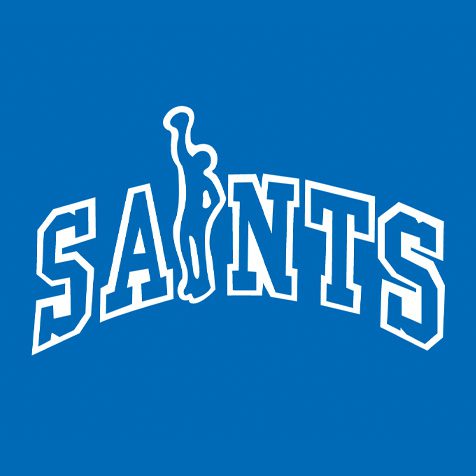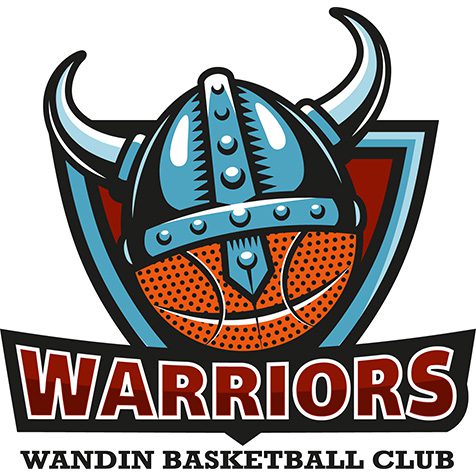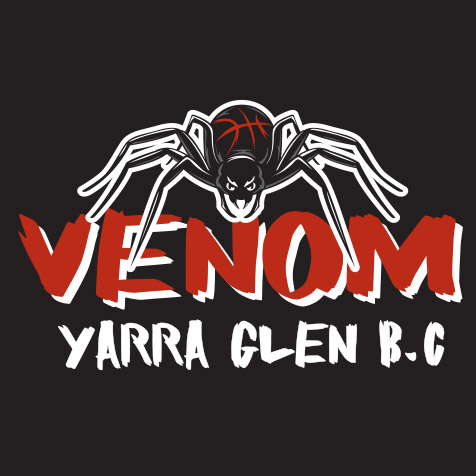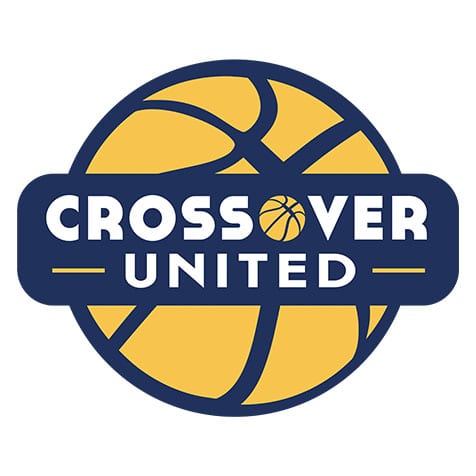Posted on 8 August, 2011
As part of the SEABL 30-year celebrations, seabl.com.au asked six of the most informed people associated with the league to name their top five women’s teams of all time, in order to determine the arguably best SEABL team of all time.
Panellists were asked to rank teams from 1st to 5th, with the best team receiving 5 votes, the next best receiving 4 votes, and so on down to the fifth best team receiving one vote.
After tabulating the results, the 2000 Bendigo Lady Braves side has been named the best SEABL women’s team since the induction of the league.
Coming in second were the 1994 Knox Raiders followed by the Kilsyth Cobras from 1998 and the 2002 Cobras with the Dandenong Rangers of 1991 placing fifth.
The list obviously has inherent shortcomings, such as the dangers of comparing teams from different era’s and differing interpretations of the meaning of ‘success’. However, the list was created with the notion of generating discussion and interest about the best teams of all time that have graced the court over the years for the South East Australian Basketball League.
With that in mind, here is a summary of the top 5 teams and their successes:
2000 Bendigo Lady Braves:
The first champions of the 21st century, Bendigo was named in four of the six lists, topping two of the four that they were listed in. In a 20 game regular season, the Lady Braves finished with 17 wins, including a 64-57 defeat of Nunawading in the SEABL Grand Final as well as a 77-56 victory over the Spectres again in the ABA Grand Final. Kristi Harrower was named in the All Star five, averaging 17 points in 39 minutes as well as 21 points in the playoffs. She also pulled down 6.5 rebounds a game during the regular season while shooting 39% from the field. Kerryn Henderson also starred with 16 points a game while Andrea Walsh’s 19-point average through the post season was perfectly timed. To cap off an incredible season, Bernie Harrower won his third of five Coach of the Year awards for his efforts on the sidelines.
1994 Knox Raiders:
With only one loss during the regular season and 25 wins, the Raiders accounted easily for Frankston in a 99-79 CBA Grand Final that concluded their most successful season to date. The side was named in three lists and topped one of them to finish just ahead of the 1998 Kilsyth Cobras. Suzi Rayment burst onto the scene with 21 points at 48% from the field in the regular season and 3.8 steals to go along with 27 points across three games in the post season. She was named as Youth Player of the Year as well as being a part of the All Star five. Anita Huber averaged a double-double of 14 points and 10 rebounds and their coach, Steve Barr, won his third consecutive Coach of the Year award.
1998 Kilsyth Cobras:
After a 16-4 record through the regular season, the Cobras continued their fine form into the playoffs, defeating Knox in the Conference and ABA National Grand Finals. Coached by Mike Bainbridge, Chelsea Laing was the lead scorer through the regular season with 19 points a game and 8.9 rebounds before Andrea Cartledge took over in the post-season, averaging 18 points a game. She was named in the All Star five as a result. Jodie Datson was also instrumental in the successful season, dishing out almost 4 assists a match. The Cobras was named in only two lists, however they topped both of them to finish third overall.
2002 Kilsyth Cobras:
The second Kilsyth team in our list, the 2002 Cobras received the most mentions, being named in five of the six lists. With an even spread of seven players averaging double figures for points in the regular season, the Cobras finished at the top of the table with a record of 18-2. They defeated Bendigo in the Conference Grand Final and went onto beat the Sturt Sabres in the ABA Championship as well. Stars included Chelsea Laing who shone with 18 points a game, while Chika Emeagi had 17 in the regular season and 20 points a match through the playoffs. Gary Fox was awarded Coach of the Year while Caitlin Ryan shot 33% from beyond the arc and Ngozi Emeagi pulled down an average of 9 rebounds.
1991 Dandenong Rangers:
With the most incredible stats of any of the top five teams, the Rangers were unlucky not to be included in more than just two of the six lists. Having won the Championship the previous year in an unbeaten season, Dandenong went 16-0 and won their second consecutive title in 1991. They recorded an unbelievable average winning margin of 42 points a game while defeating Frankston 110-60 in the Grand Final. Regina Days and Lisa Townsend each averaged over 25 points a match, with 28 and 26 respectively while Days went on to average 31 points and 23 rebounds in the playoffs. Townsend had an incredible 6 steals a match while Sharon Nicola also contributed with a 4.8 assists average. Alex Palazzolo won Coach of the Year while Nicola, Townsend and Days made up over half of the All Star five.
Just missing out on the top five was the 1995 Launceston team, while the 2008 Cobras and 1999 Lady Braves were also unlucky. The Ballarat side of 2005 picked up 4 votes alongside the 2010 Rangers, followed by the 2001 Nunawading Spectres and 1996 Raiders with 3 votes. Also polling were the 1997 Frankston Blues, 2002 Rangers, 2007 Miners and the Raiders side of 1992.
The panel consisted of the following members:
Larissa Anderson: The leading scorer, rebounder and Youth Player of the Year in 1998, Anderson was also named in the ’98 and ’99 All Star five teams and was Coach of the Year in 2004 and 2010.
Andrea Walsh: In her playing career, Walsh was a part of multiple Championship winning teams and also holds the record for the most SEABL games played by a woman.
Julia Tan: Joining Walsh in the 350 game club this weekend, and in doing so, Tan becomes only the second player to ever reach the milestone.
Karen Ashby: One of the most successful SEABL women’s players of all time, Ashby has been a part of multiple Championships.
Bernie Harrower: Having coached over 300 SEABL games, Harrower won five Coach of the Year awards as well as five Championships with Bendigo.
Mark Quinn: Quinn has worked as a SEABL administrator for over 15 years and has been involved in statistics since the induction of the women’s league in 1990.
